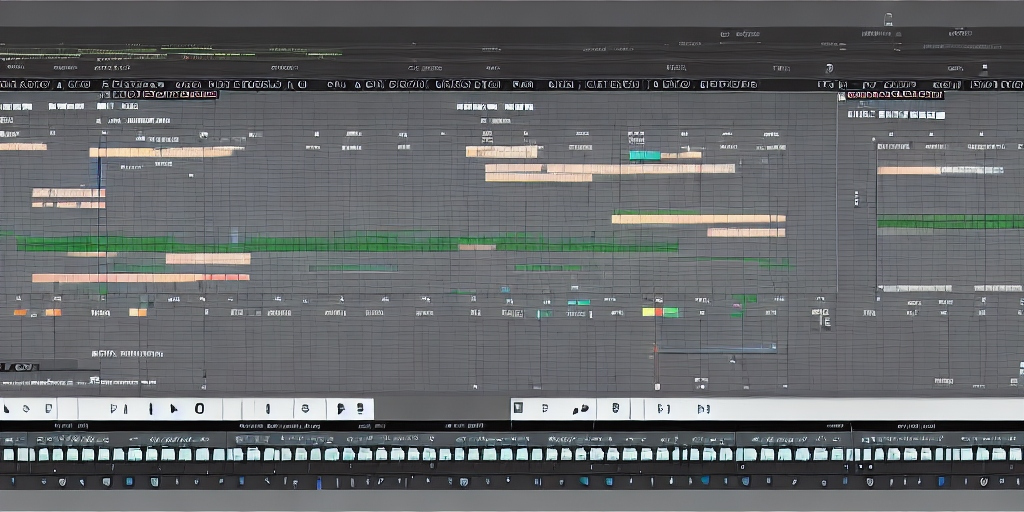
The Art of Stereo Imaging: Enhancing Your Mixes and Masters
Stereo imaging is a vital aspect of music production that can significantly impact the quality of your mixes and masters. By skillfully manipulating stereo imaging, you can create an immersive listening experience and bring your music to life. In this enthusiastic and informative article, we'll delve into the fascinating history of stereo imaging and explore its essential role in mixing and mastering. Let's dive into the world of stereo imaging and learn how to make your music stand out!

A Brief History of Stereo Imaging in Music:
The concept of stereo imaging dates back to the 1930s when Alan Blumlein, a British engineer, patented a stereo recording technique that captured and reproduced sound in a more natural and immersive way. This revolutionary development paved the way for modern stereo recording techniques and has had a lasting impact on the music industry. Since then, stereo imaging has evolved into an indispensable tool for music producers, allowing them to create intricate soundscapes and give their music depth and dimension.
Understanding Stereo Imaging:
Stereo imaging is the process of controlling the placement and perceived width of individual sounds within a stereo mix. It involves manipulating the balance, panning, and spatial characteristics of audio elements to create a cohesive and engaging soundstage. When executed correctly, stereo imaging can enhance the overall listening experience by providing a sense of depth, space, and realism to your music.
Stereo Imaging in Mixing:
In the mixing stage, stereo imaging plays a crucial role in achieving a balanced and spacious mix. Here are some essential techniques for working with stereo imaging during mixing:
- Panning: The most fundamental aspect of stereo imaging is panning, which involves positioning sounds within the stereo field. Proper panning can help create separation between instruments, prevent frequency clashes, and give each element its own space in the mix.
- Balance: Maintaining a balanced mix is essential to achieving a professional-sounding result. Be mindful of the overall balance between left and right channels, ensuring that no one side is overpowering the other.
- Stereo Width: Using tools like stereo wideners or mid-side processing can help enhance the stereo width of your mix, making it feel more immersive and spacious. However, use these techniques with caution, as overdoing it can result in phase issues and an unnatural sound.
Stereo Imaging in Mastering:
Stereo imaging also plays a significant role in mastering, where subtle adjustments can make a significant impact on the final product. Some key considerations for stereo imaging in mastering include:
- Consistency: During mastering, it's essential to ensure that the stereo image remains consistent throughout the entire track, maintaining a cohesive and engaging listening experience.
- Mono Compatibility: In today's diverse listening environments, it's crucial to ensure that your music translates well to mono playback. Checking your mix in mono can help identify any phase issues or stereo imaging problems that may negatively impact the listening experience on mono systems.
- Enhancing Depth and Dimension: Mastering engineers often use subtle stereo imaging adjustments to enhance the depth and dimension of a mix, giving it a polished and professional sound.

Stereo imaging is an essential aspect of mixing and mastering, with a rich history that has shaped the music industry. By understanding the importance of stereo imaging and applying it skillfully in your mixes and masters, you can create a captivating and immersive listening experience that will leave a lasting impression on your audience. As you continue to develop your skills as a music producer, remember the significance of stereo imaging and the impact it can have on your final audio product.
Want more great audio tips? Checkout other articles from our blog!